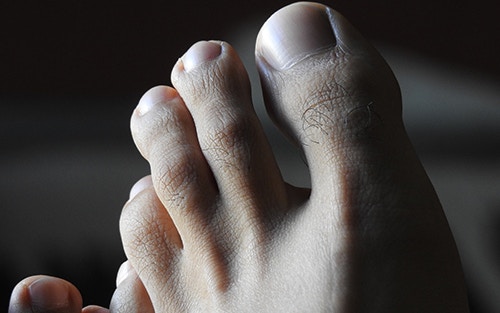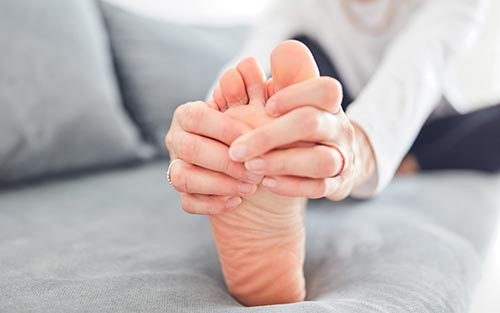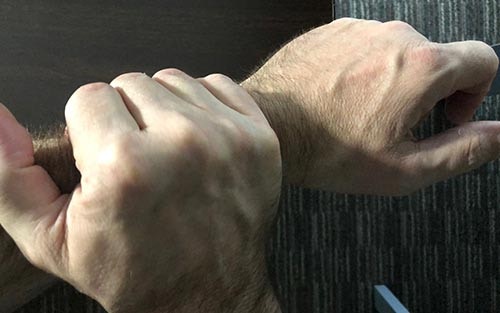7 Most Common Foot Problems – Causes, Treatments, and Prevention
Prevent foot pain and agony from stealing your mobility and wellness. Knowing what causes common foot problems and how to deal with them will help you continue a healthy and productive life. yourfootpalace.com gathered the following information about 7 significant and common foot problems, what causes them, how to treat them, and how to prevent … Read More


